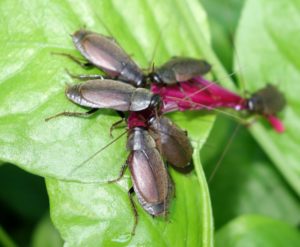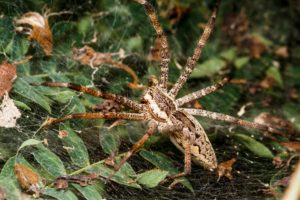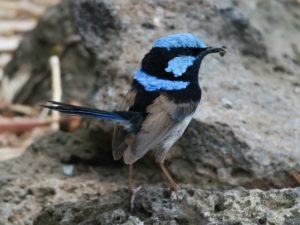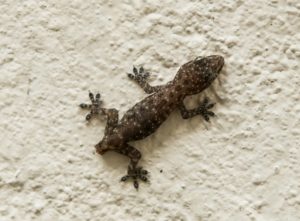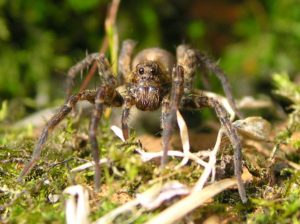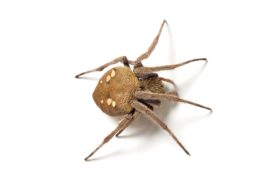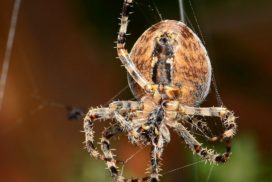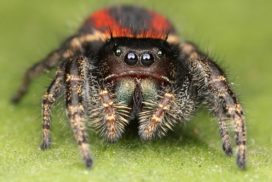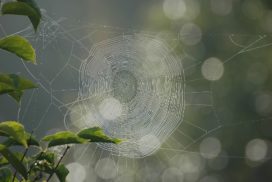HOW LONG CAN A SPIDER TAKE WITHOUT FOOD AND WATER?
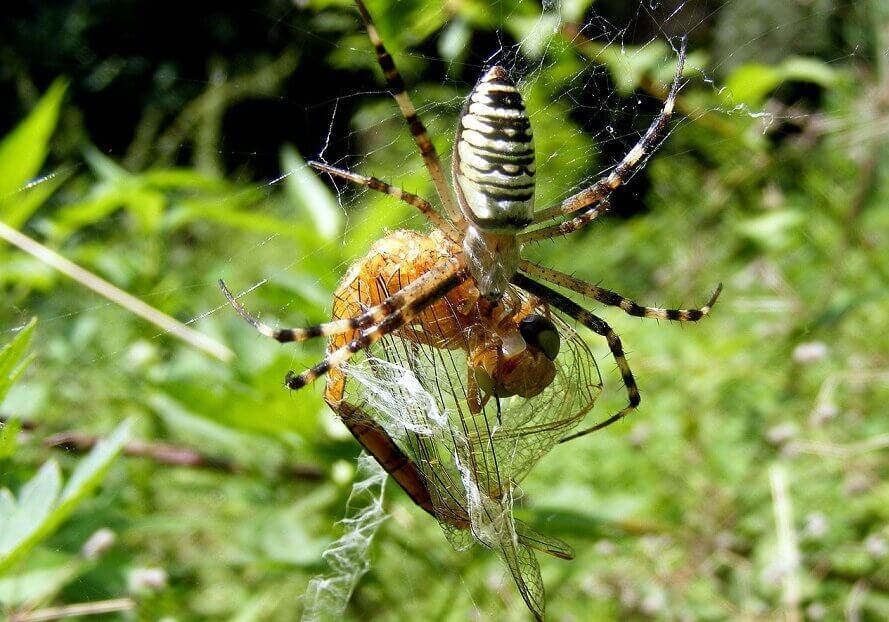
Spider traps a dragonfly.
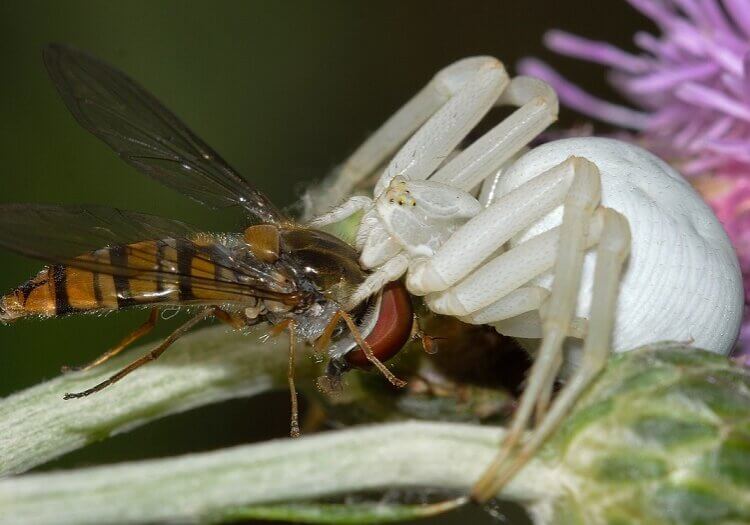
Spider traps a wasp
Compared to other creatures of similar size, a spider has a deficient metabolism. The small chemical processes enable spiders to adapt to adverse climatic conditions and the sporadic nature of their food sources. Some researchers claim that the Rabbit Hutch spider (Steatoda bipunctata)—found through Europe and North America—has been kept without water or food for one and half years, without any signs of malnourishment.
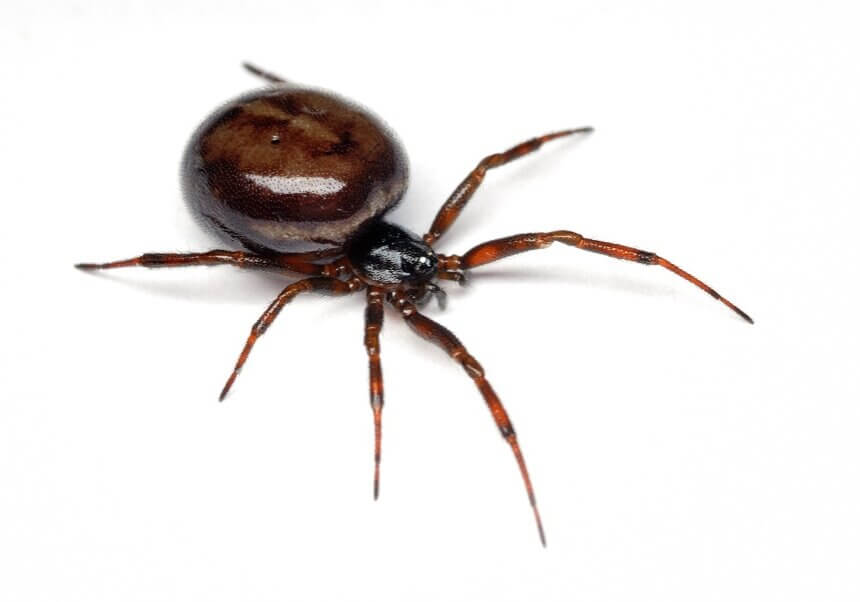
Rabbit Hutch spider (Steatoda bipunctata)
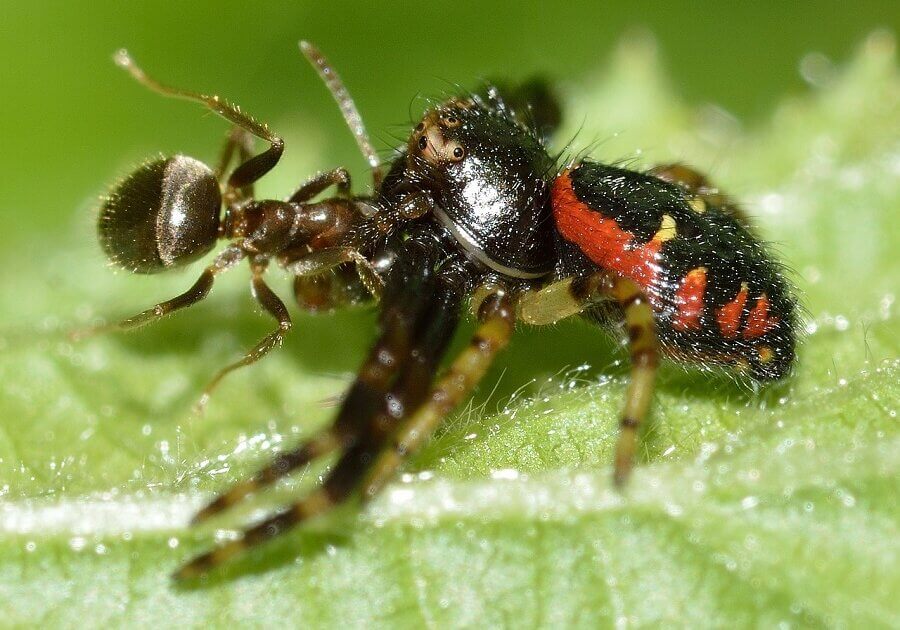
Spider eats an ant
Recent posts
Join us on social media or subscribe!
Sign up to receive our articles in your inbox!
Enter your name and email address below to subscribe.
